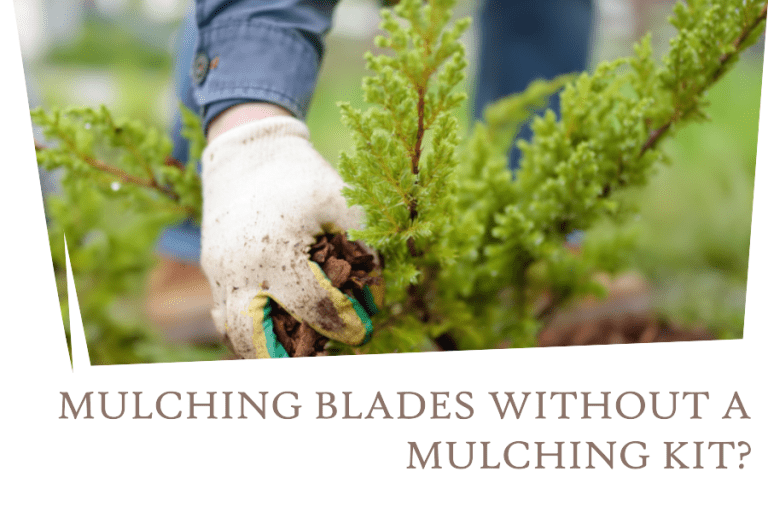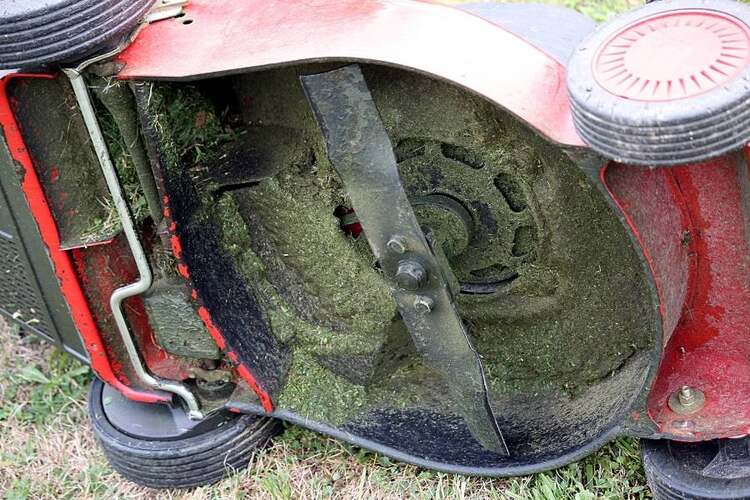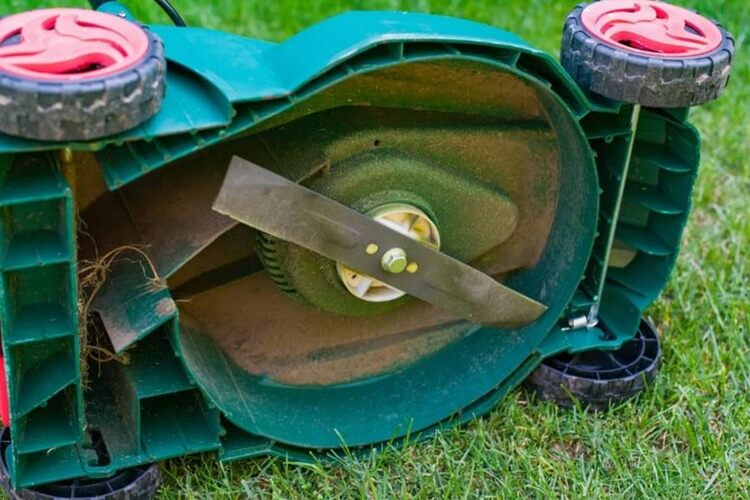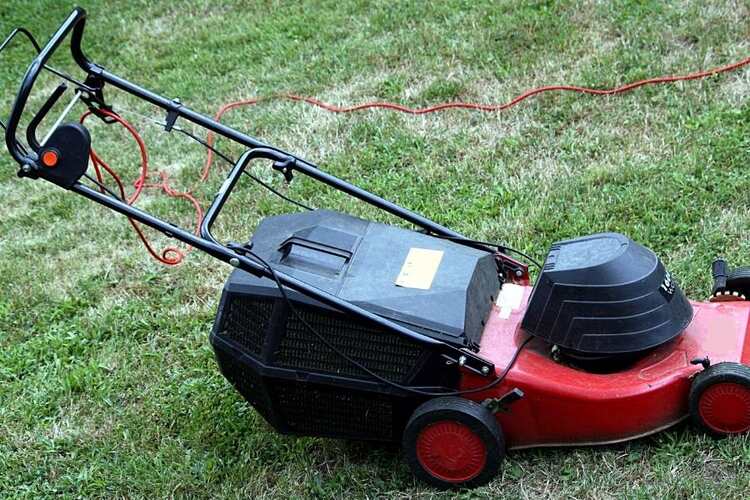How To Choose The Right Soil Moisture Sensor For your Garden?
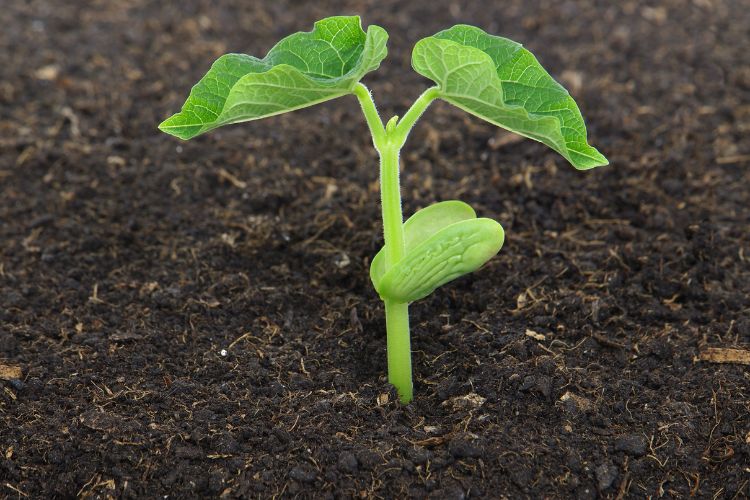
As you gaze at the lush greenery surrounding you, you wonder how you can ensure that your plants are getting the right amount of water they need to thrive. That’s where soil moisture sensors come in, as they can help you keep track of the water content of your soil and prevent overwatering or underwatering. But with so many types and brands available on the market, choosing the right one can be a daunting task.
That’s why our guide will get you through the process of selecting the ideal soil moisture sensor for your garden and leaving your plants thriving in no time!
5 Factors To Choose The Best Soil Moisture Sensor
1. Sensor type
There are several types of sensors available in the market, including capacitance, tensiometers, gypsum blocks, and resistance sensors which you could opt for. But how will you know about the one suitable for your garden? The suitability of a soil moisture sensor depends on several factors, including the plant’s water requirements, root depth, and soil type, and even the plant type!
We have listed down a few examples of soil moisture sensors pertaining to specific plant types:
Succulents and cacti
Succulents and cacti prefer dry soil and do not require frequent watering; that’s why a soil moisture sensor that can measure lower moisture levels, such as a gypsum block sensor, will be preferred for such plants.
Vegetables
Since vegetables require regular watering to ensure proper growth and development; therefore, a capacitance sensor, which can provide accurate readings for a range of soil types, will be suitable for vegetable gardens.
Shrubs and trees
Shrubs and trees, with their roots reaching deep into the soil, need less frequent watering than smaller plants. To help ensure they get just the right amount, a tensiometer that measures the tension or suction force of the soil can be an invaluable tool.
Indoor plants
Indoor plants are delicate creatures, easily succumbing to the dangers of overwatering. A capacitance sensor or a soil moisture meter with a probe can provide you with the precise readings you need to keep these plants thriving.
An extension horticulturist, Dr. Linda Chalker-Scott quotes that Capacitance sensors are the most commonly used and provide reliable measurements in a range of soil types.
2. Soil type
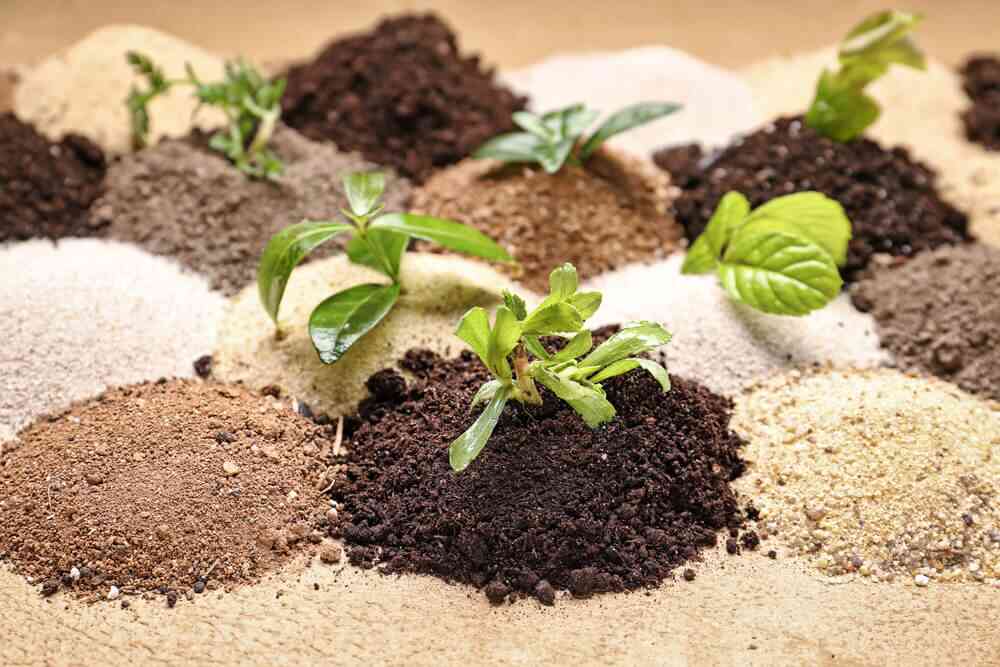
The soil beneath your feet does more than just provide a stable foundation for your garden – it can also impact the effectiveness of your soil moisture sensor. Depending on the soil type, water-holding capacity can vary drastically and throw off the accuracy of the sensor.
Here are some of the best soil moisture sensors tailored to specific soil types so you can get back to gardening with confidence:
Clay soil
Clay soil possesses a high water-holding capacity, making it difficult for some soil moisture sensors to provide accurate readings. Gypsum block sensors have been found to be effective for measuring soil moisture in clay soils. These sensors measure the electrical resistance of the soil, indicating the amount of water present.
Sandy soil
Sandy soil has a low water-holding capacity and can dry out quickly. Since tensiometers can provide accurate readings even in low-moisture conditions, they will be a good choice for sandy soils.
Loamy soil
Loamy soil has a moderate water-holding capacity and is often considered ideal for plant growth. Capacitance sensors, effectively measuring in a range of water levels, are thus suitable for loamy soils.
According to horticulturist Steve Masley, “Capacitance sensors are best for sandy soils, while gypsum block sensors work better in clay soils” (Masley, 2015).
It is important to note that factors such as soil compaction and organic matter content also impact soil moisture sensors. Therefore, it is always best to consult with a soil scientist or an agriculture expert to determine the most appropriate soil moisture sensor for your specific soil type and conditions.
3. Accuracy
The level of accuracy when it comes to soil moisture sensors largely depends on the type and sophistication of the model. The most accurate models include tensiometers, dielectric probes, neutron probes, psychrometers, and thermistors. These devices measure the electrical properties of the soil in order to provide detailed readings that are more reliable than traditional soil moisture sensors.
On the other hand, capacitance-based and time domain reflectometry (TDR) based models offer less accurate results as they utilize radio-frequency technology, which may be susceptible to interference from other sources. Additionally, gypsum block mats measure soil moisture content by extracting water from a sample area through a series of tubes, thus providing a useful but not exact value for soil moisture content.
According to geologist Dr. Chris Johnson, “The accuracy of a soil moisture sensor is critical to ensure that the readings are reliable” (Johnson, 2022).
4. Installation
Some sensors require professional installation, while others can be easily installed by the homeowner. Thus, ease of installation is an important factor to consider when choosing a soil moisture sensor.
According to garden expert Nan Sterman, “Make sure the sensor you choose is easy to install and doesn’t require specialized knowledge or equipment” (Sterman, 2019).
Tensiometers
Tensiometers are widely recognized as relatively straightforward devices to install, as they simply require insertion into the soil at a certain depth before being connected to a data logger or other monitoring device. Once in place, the Tensiometer must then be filled with water in order to begin functioning. On the other hand,
Capacitance sensors
In comparison, capacitance sensors can also be easily installed, typically requiring a probe to be inserted into the soil and attached to a monitoring device. In some cases, capacitance sensors are designed for surface installation, which further simplifies the installation process.
Time-domain reflectometry (TDR) sensors
These sensors require more specialized equipment and methods for installation. Inserting a probe into the soil at an exact depth is necessary in order for TDR sensors to measure electrical conductivity accurately and reliably. Even though these sensors may take more effort to install than other types of sensors, their accuracy and dependability are well-known within the industry.
Gypsum block sensors
These sensors are typically installed by inserting a probe into the soil at a predetermined depth, which is then connected to a compatible monitoring device. In some cases, it is possible to install gypsum block sensors on the surface of the soil, eliminating the need for below-ground installation.
5. Price

When deciding on a soil moisture sensor, the price range can be quite broad, with some models costing less than $20 while more advanced ones can cost several hundred dollars. The cost of the sensor depends on its type and features, as well as its accuracy.
While it may be tempting to opt for a cheaper option, investing in a higher-quality sensor with greater accuracy will actually save you money in the long run because it can prevent unnecessary water waste and costly plant stress.
Conclusion
With the right soil moisture sensor in hand, you can take the guesswork out of watering and ensure that your plants are healthy and thriving all season. So whether you’re a seasoned gardener or just getting started, be sure to choose a sensor that meets your needs and provides reliable, accurate readings. And remember a little extra care and attention can go a long way in keeping your garden healthy and beautiful for years to come.


